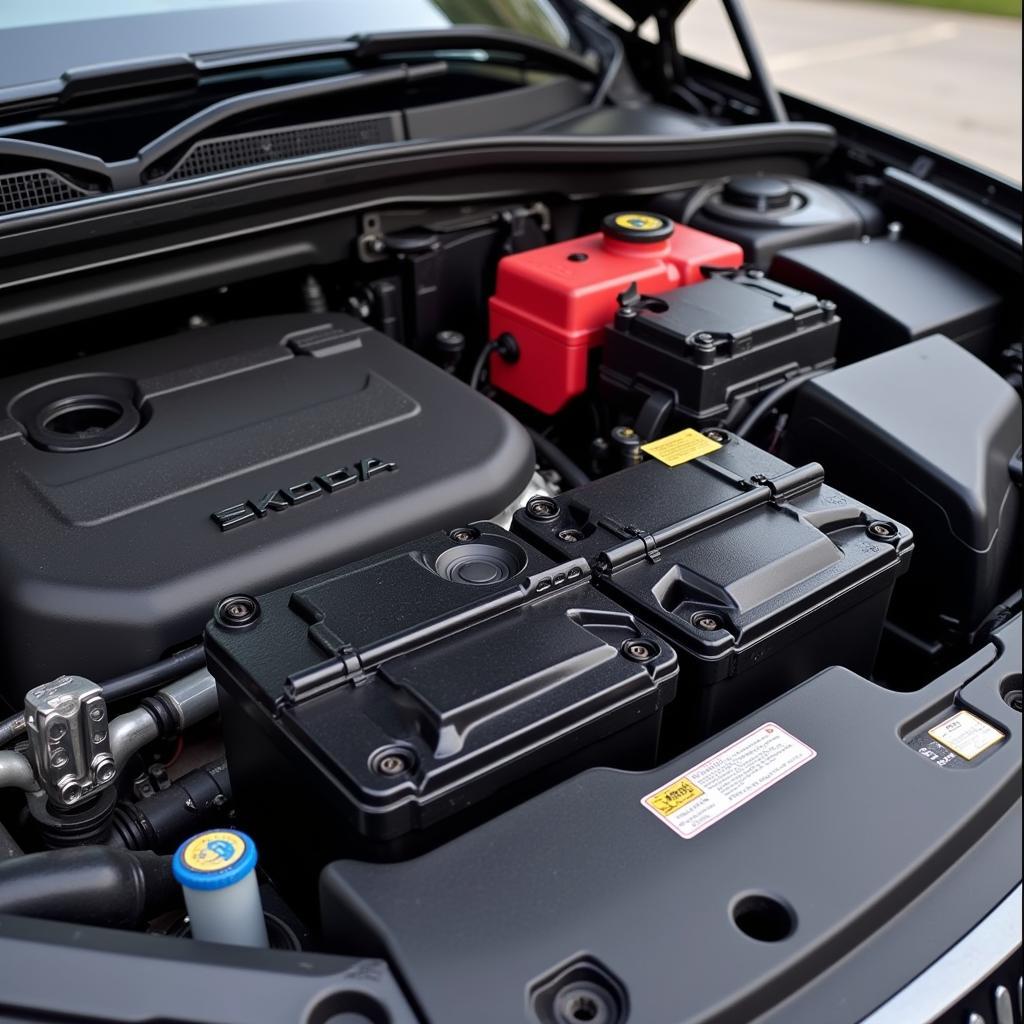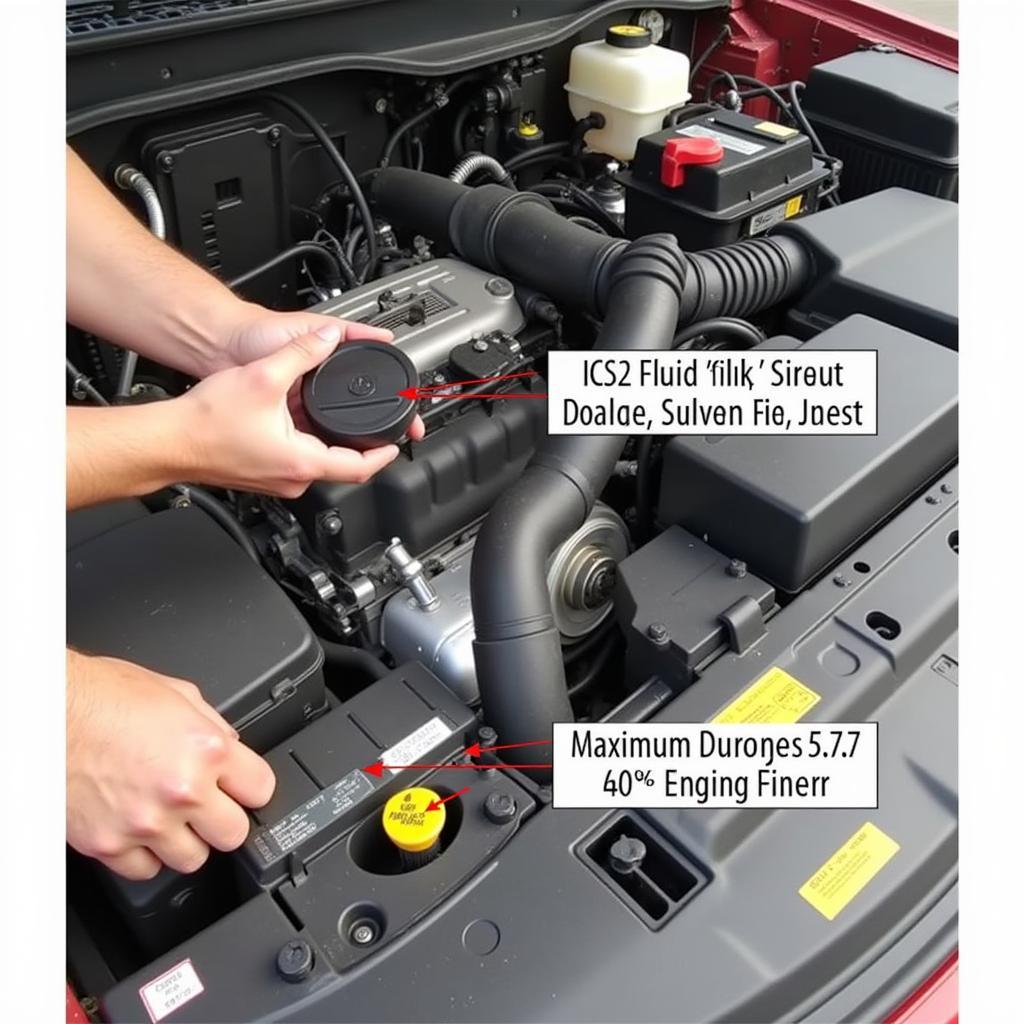Owning a car in this day and age comes with a new set of concerns, with vehicle theft being a major one. Thankfully, technology has provided an answer to this problem in the form of anti-theft devices. But what exactly are they and how do they protect your car?
Understanding Anti-Theft Devices: A Comprehensive Guide
Anti-theft devices, in simple terms, are electronic or mechanical systems designed to deter vehicle theft. They act as a barrier between your car and potential thieves, making it extremely difficult, if not impossible, to steal your vehicle.
Recognizing a Potential Problem with Your Car’s Anti-Theft System
While anti-theft systems are designed to protect your car, sometimes they can malfunction, leading to a variety of issues:
- Difficulty starting your car: If your car has an immobilizer system, a malfunctioning anti-theft device might prevent your car from starting, even with the correct key.
- Rapid flashing dashboard lights: An excessively blinking security light or check engine light could be an indicator of a problem with the anti-theft system.
- Car alarm going off for no reason: If your car alarm is triggered randomly without any apparent reason, it might point towards a fault within the anti-theft system.
Equipment You Might Need
Diagnosing and fixing anti-theft system issues often require specialized equipment, including:
- Code reader: A code reader can help you identify the specific error codes being thrown by your car’s computer, allowing you to pinpoint the problem area.
- Programming tools: In some cases, you might need specialized programming tools to reprogram or reset your car’s anti-theft system.
Troubleshooting Common Anti-Theft System Issues
While working with car electronics can get complex, understanding some basic troubleshooting steps can be helpful:
- Check your key fob battery: A dead key fob battery is one of the most common causes of anti-theft system malfunctions.
- Inspect the key cylinder: Sometimes, a worn-out ignition cylinder might not be able to read the chip in your key correctly, triggering the anti-theft system.
- Look for loose connections: Check for any loose or corroded wiring connections related to your car’s anti-theft system, particularly around the battery and the ignition switch.
If these steps don’t resolve the issue, it is strongly recommended to consult a qualified automotive electrician who specializes in anti-theft systems. They have the necessary expertise and equipment to diagnose and fix the problem effectively.
FAQs about Anti-Theft Devices and Car Diagnostics
Q: Can I disable the anti-theft system in my Hyundai permanently?
While it’s technically possible, disabling your anti-theft system is generally discouraged. It leaves your vehicle vulnerable to theft and might even affect your insurance coverage. However, if you’re experiencing persistent issues and are considering this as a last resort, you can find more information in our guide on how to disable the anti-theft system in a Hyundai permanently.
Q: What can trigger a Ford anti-theft system?
Ford anti-theft systems are triggered when the system detects a mismatch between the vehicle’s computer and the code transmitted by your key. This can happen due to a variety of reasons like a dead key fob battery, a faulty ignition cylinder, or even a problem with the vehicle’s ECU. For a more in-depth understanding of the common triggers and solutions, refer to our article on what triggers the Ford anti-theft system.
Q: How does Intel Anti-Theft Technology work offline?
Intel Anti-Theft Technology (AT) uses a combination of hardware and software measures to protect your laptop from theft, even when it’s offline. For a detailed explanation of how it functions offline, we recommend checking out our comprehensive guide on how Intel Anti-Theft works offline.
Cardiagtech offers a range of automotive diagnostic products that can help you identify and resolve issues with your car’s electronics. Visit our website to learn more about our products and how they can help you keep your car running smoothly.



